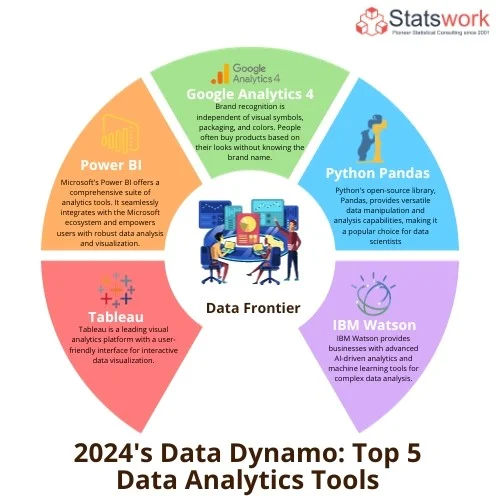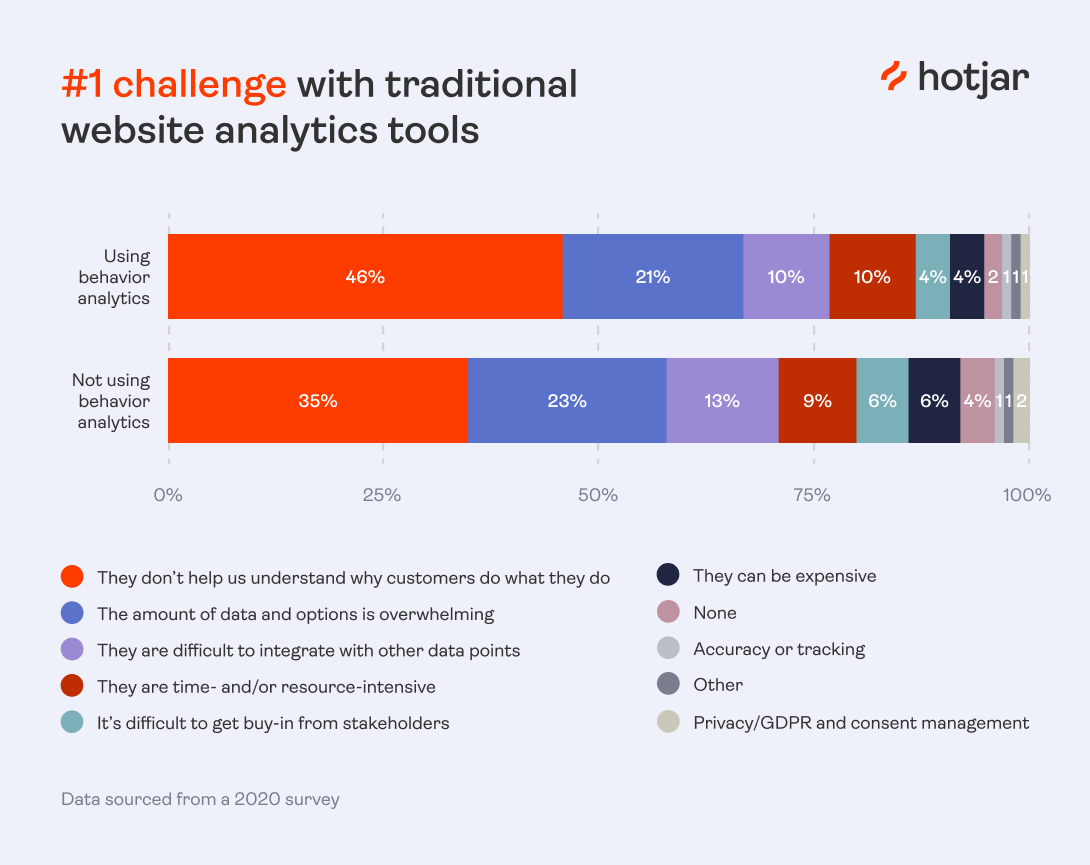Enhance Your Procedures with Intelligent Analytics Systems
Enhance Your Procedures with Intelligent Analytics Systems
Blog Article
Increase Effectiveness and Profitability Through Information Analytics
In today's data-driven landscape, companies are significantly recognizing the critical function of information analytics in boosting functional effectiveness and success. By methodically evaluating information, organizations can reveal critical insights that educate calculated choices, improve procedures, and dressmaker client experiences.
Understanding Data Analytics
In today's data-driven landscape, understanding data analytics is crucial for companies intending to improve functional performance and drive profitability. Information analytics entails the organized computational evaluation of information sets to discover patterns, correlations, and understandings that educate decision-making. By utilizing numerous strategies, such as statistical analysis, artificial intelligence, and anticipating modeling, organizations can transform raw information right into actionable intelligence.
The process commonly starts with data collection, where pertinent details is gathered from several resources, consisting of transactional databases, customer interactions, and market fads. This data is then cleansed and organized to make sure precision and uniformity. As soon as the data is prepared, logical tools and software application are utilized to picture the info and check out, allowing stakeholders to recognize patterns and abnormalities.
Eventually, understanding data analytics encourages companies to make informed decisions based on empirical proof instead than instinct. It facilitates targeted strategies that can optimize source appropriation, boost client complete satisfaction, and enhance total performance. As organizations increasingly recognize the worth of data-driven insights, a solid grip of data analytics becomes an important expertise for leaders and groups alike, placing them for sustained success in a competitive setting.

Key Advantages for Businesses
Companies that utilize data analytics can open a plethora of advantages that significantly enhance their procedures and earnings. Among the primary advantages is improved decision-making. Information analytics gives actionable insights originated from real-time information, enabling organizations to make educated choices that align with market needs and customer preferences.

Additionally, information analytics cultivates enhanced consumer experiences. By comprehending customer behaviors and preferences, businesses can customize their offerings, bring about raised contentment and commitment. This individualized strategy commonly results in higher conversion rates and repeat business.
Additionally, information analytics allows companies to identify arising chances and fads. By remaining ahead of the contour, companies can maximize brand-new markets and developments before their competitors.
Executing Data-Driven Strategies
Effective application of data-driven techniques requires a comprehensive understanding of both business goals and readily available information sources. Organizations must initially define their purposes plainly, ensuring placement in between data initiatives and strategic aims. This clearness enables teams to concentrate on appropriate metrics and understandings that drive decision-making.
Following, services must assess their existing data infrastructure. This entails assessing information quality, accessibility, and integration capabilities. Premium data is important for accurate analysis, as poor data can lead to misguided approaches and lost sources. Organizations should establish processes for data collection, cleansing, and monitoring to maintain information honesty.
Furthermore, fostering a data-driven society is crucial. Staff members in all levels must be urged to take advantage of information in their daily operations. Training programs and workshops can improve information proficiency, encouraging personnel to make educated decisions based on logical understandings.
Devices and Technologies Overview
A robust suite of tools and innovations is important for organizations intending to harness the full potential of information analytics. These devices facilitate the collection, handling, and visualization of information, enabling businesses to obtain actionable insights.
At the foundational degree, information administration platforms such as SQL data sources and NoSQL systems supply efficient information storage space and retrieval capacities. For data processing and evaluation, programming languages like Python and R, along with structures such as Apache Spark, make it possible for complicated calculations and equipment discovering applications.
Visualization tools, including Tableau and Power BI, transform raw information right into user-friendly visual styles, making insights obtainable to stakeholders at all levels. Additionally, cloud-based platforms like Google Cloud and AWS offer scalable storage space and handling remedies, accommodating the expanding quantities of information organizations experience.
For sophisticated analytics, anticipating modeling and AI-driven remedies are increasingly embraced, enabling firms to anticipate patterns and boost decision-making procedures. Integrating these tools right into existing process is extremely important; organizations that successfully take advantage of this modern technology can significantly boost functional efficiency and drive earnings. Hence, buying the right tools and modern technologies is a calculated imperative for any data-driven organization.
Situation Research Studies of Success
Leveraging data analytics has led many organizations to click accomplish impressive i was reading this enhancements in efficiency and success. One noteworthy instance is a huge retail chain that executed anticipating analytics to maximize inventory monitoring. By assessing historical sales data and consumer patterns, the business lowered excess stock by 30%, leading to considerable price savings and enhanced capital.
An additional instance can be located in the manufacturing sector, where a leading automobile manufacturer made use of information analytics to boost its manufacturing procedures. By monitoring device efficiency in real-time, the organization recognized traffic jams and ineffectiveness, causing a 20% increase in total devices performance (OEE) This not just increased production rates however additionally decreased downtime and maintenance prices.

These instance studies highlight just how data analytics can drive critical decision-making, maximize processes, and ultimately boost both performance and profitability across numerous markets.
Conclusion
In conclusion, the combination of information analytics into organization procedures offers significant chances for improving efficiency and visit our website success. By methodically evaluating information, organizations can identify inadequacies, enhance consumer experiences, and make informed decisions.
In today's data-driven landscape, recognizing information analytics is necessary for organizations intending to boost functional efficiency and drive earnings. Information analytics includes the systematic computational evaluation of information sets to reveal patterns, connections, and insights that notify decision-making. Data analytics gives actionable understandings derived from real-time data, enabling companies to make enlightened choices that line up with market demands and consumer preferences.
Top quality data is essential for accurate evaluation, as inadequate data can lead to illinformed methods and lost sources. Organizations has to establish procedures for information collection, cleansing, and management to keep information stability.
Report this page